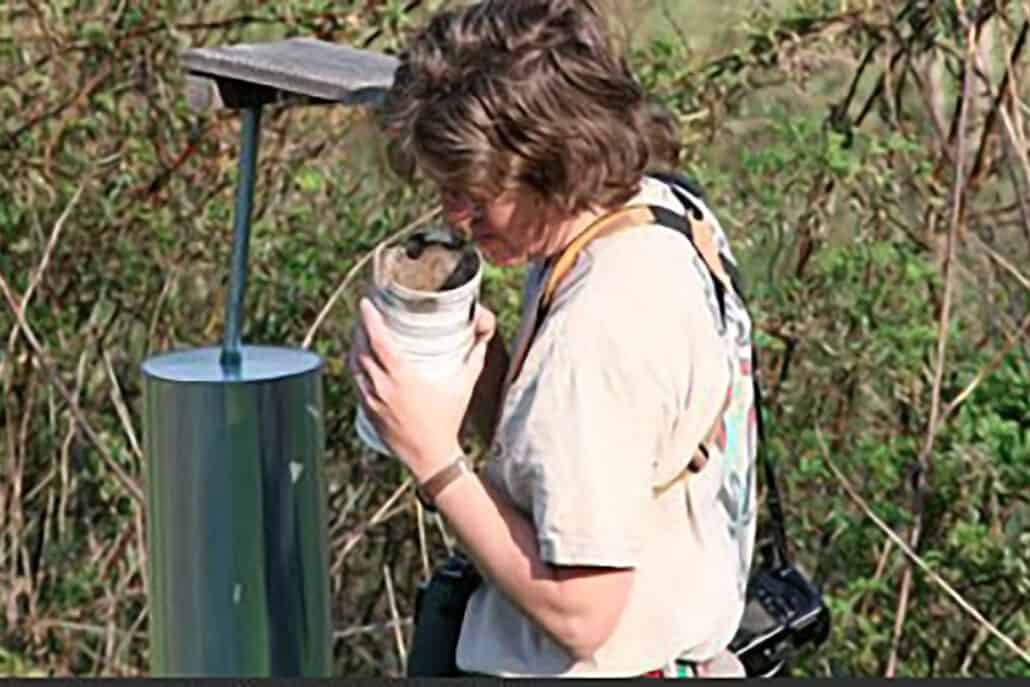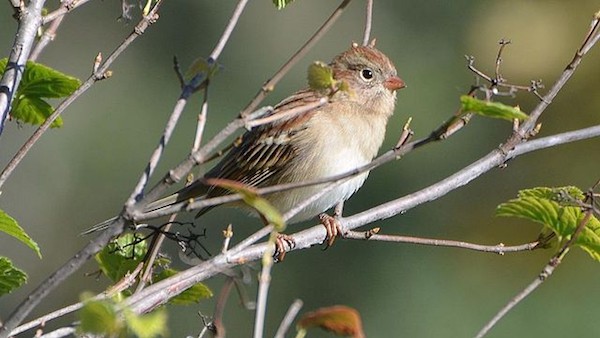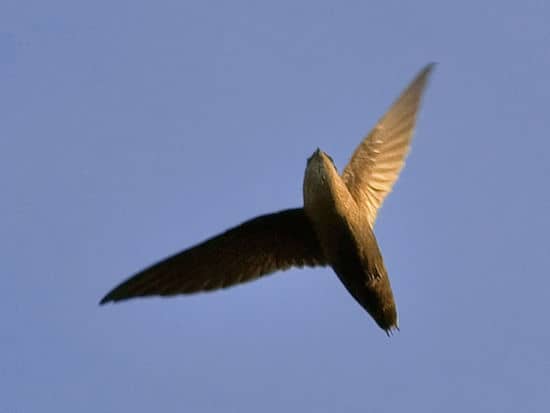Check out ten simple ideas to help birds in your own backyard.
10. Create Habitat.
There are countless ways to create habitat in your backyard. Perhaps the easiest is to let things “go wild” in one part of your property. Chances are the plants that grown in your “wild” area will be natural sources of food for the birds.
A more focused approach involves providing birds with the four things they need: food, water, shelter, and a place to nest. Many published resources exist for making a bird-friendly habitat. A good place to start is with a local nursery that specializes in native plant species.
9. Hello, Silent Spring!
It’s widely known that seemingly innocuous lawn and garden insecticides and herbicides can be harmful to birds. Many of these chemicals target the pests that are a food source for birds, so any birds eating treated insects or seeds are also ingesting toxic chemicals. The quest for the perfect lawn often results in a bug-free, bird-free habitat.
8. Recycle Your Trash.
Although it seems far-fetched to think that recycling can help the birds in your yard, it’s not so far-fetched when you visit your favorite local bird spot and see trash everywhere. Each plastic, glass, aluminum, or tin item you recycle is one less piece of trash cluttering up the planet, and one less ugly and hazardous item that we (and the birds) have to deal with in the environment.
Recycling also saves money, eases pressure on habitat, and reduces pollution created by the production of first-generation materials such as glass, tin, plastic, and aluminum.
7. Keep Your Feeders and Nest Boxes Clean.
I know I harp on this, but feeder hygiene is very important. A once-a-month scrub cleaning will go a long way toward reducing disease transmission. Use a solution of one part bleach to nine parts hot water. Keeping your nest boxes clean is equally important. I suggest cleaning out old nesting material several weeks after the nesting season is over.
If the inside is really fouled with droppings, clean it out with the same bleach solution described above. We replace the old nesting material with a fresh handful of dried grasses to give the birds some insulation if they use the box for fall and winter roosting.
But how do you know when the nesting season is over? Read on…
6. Monitor Your Nest Boxes.
Cavity-nesting birds face almost constant competition from nonnative species that want to use these same cavities (hollow trees, old woodpecker holes, or nest boxes) for nesting. Two of the most violent competitors are the house sparrow and the European starling, both European birds that have become widely established in North America.
By checking your nest boxes regularly you can discourage these introduced species, and keep your nest boxes available for other species that need a place to nest or roost. Chickadees, titmice, nuthatches, woodpeckers, tree swallows, purple martins, wrens, and bluebirds are among the species that commonly use backyard nest boxes.
5. Participate in Bird Counts.
It’s a great time to be a bird watcher. There are so many resources and great products at our disposal. These days it’s easier than ever to help contribute to bird conservation by helping to collect bird population data. And you don’t have to be an ornithologist. There are dozens of national, local, and even international bird counts in which bird watchers can play a part.
The National Audubon Society’s annual Christmas Bird Count is one of the longest-running counts. The Cornell Laboratory of Ornithology conducts Project FeederWatch and the Great Backyard Bird Count, as well as several other specific annual counts.
4. Reduce Window Kills.
Mylar strips, crop netting, branches, screens, and hawk silhouettes have been suggested as foils to keep birds from flying headlong into your windows. Placing these items outside, in front of the problem panes, breaks up the windows’ reflection of the surrounding habitat, thus the windows do not “fool” birds into flying into them.
Last fall we placed plastic wrap in long sheets across the center of the inside surfaces of our large panes of glass. From the outside the plastic wrap looks opaque — almost like spiderwebs in the middle of the windows. So far this seems to have worked in greatly reducing window strikes on these panes. Even better, our view is not drastically affected.
3. Keep Cats Indoors.
Even the most slothful, couch-potato cats can catch birds if given a chance. Cats evolved over the ages to be supremely gifted hunters. The fact that we’ve domesticated them and that we keep them well fed on cat food doesn’t remove this innate desire to hunt.
It’s been estimated that house cats kill many millions of birds each year — bird deaths that could be avoided if these pets were kept indoors. If you are a cat owner and you can’t bear the thought of your kitty staying inside all the time, please consider stopping your bird feeding. This only brings cats and birds into close and lethal contact. Inside cats are safer and healthier, too.
2. Support Conservation Initiatives.
Every day there are a thousand battles we bird watchers can fight on behalf of birds. The key is picking your spots so you can make the most effective impact. Not all conservation initiatives are created equal, so be sure you’re fully informed about the issues.
In most cases, if bird habitat is preserved or created, it’s a good thing. After you’ve created healthy habitat for birds in your own backyard, you may wish to contact one of these organizations to see how else you can help: The American Bird Conservancy (www.abcbirds.org) or The Nature Conservancy (www.tnc.org).
1. Make a New Bird Watcher Today.
Why not take a friend along on your next bird-watching trip, to the next bird club meeting, or on a tour of your bird-friendly backyard? The more bird watchers we have today, the more good we can do for the birds tomorrow.




